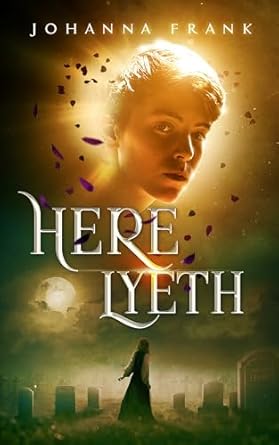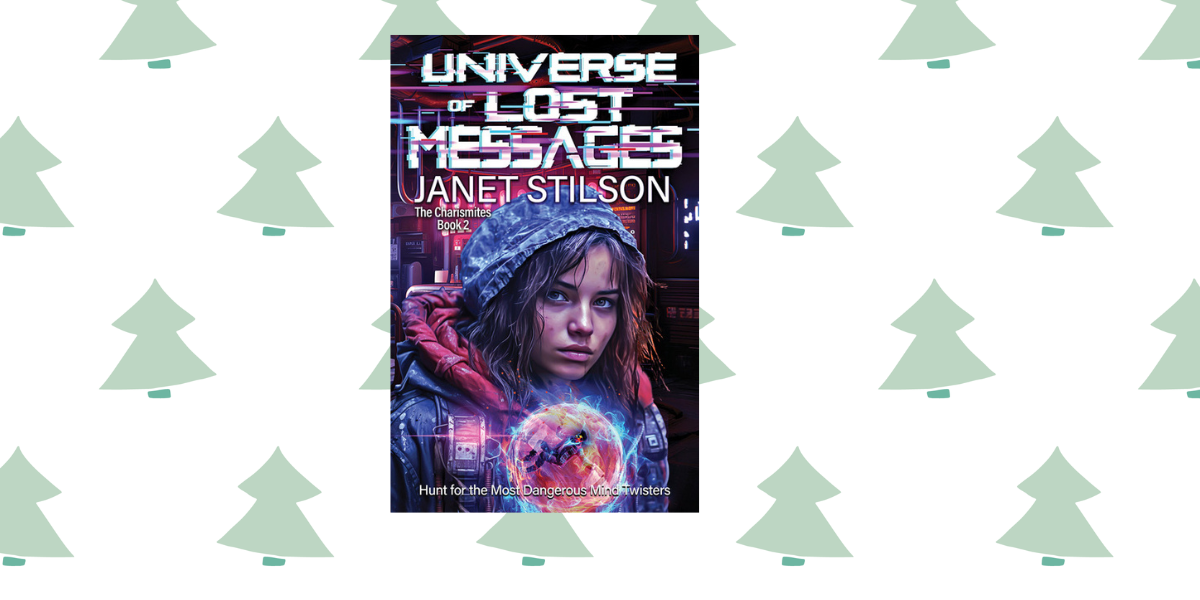
Coming Full Circle: Healing Trauma Using Psychedelics
Ken Kesey, the famous author and infamous explorer of inner space, once said “you don’t get anything for free. Everything causes bruises.” While he was referring to the effects of psychedelics on the brain, the same is true for life in general. People suffer life traumas that leave hidden bruises on the psyche and impact personality and life choices in detrimental ways. Shannon Duncan, in Coming Full Circle: Healing Trauma Using Psychedelics, demonstrates how psychedelics, through careful and intentional use, may resolve trauma in a dramatic fashion.
Duncan presents a fascinating examination of a growing psychedelic healing movement precipitated by increased scientific research demonstrating the potential for alleviating mental health issues. He delivers a memoir of his experiences, woven within a manual for navigating the hidden traumas that cause dysfunction and prevents our true selves from breaking free and achieving our true higher potential as human beings.
Divided into three parts, Coming Full Circle carries the reader away on a fast-paced journey of discovery. Part One delivers a primer on psychedelics, ranging from ecstasy to psilocybin mushrooms. Duncan draws a sharp distinction between recreational use, expansive use, and medicine use. For example, Duncan’s first recreational trip occurred when a Deadhead friend of his turns him on to a dose of LSD. After the experience, Duncan writes, “I understood clearly that I would be categorizing my life as before I tried LSD and after”. Expansive use is the next step, in which a user focuses on his expanding his consciousness. The third use is psychedelics as medicine, which is the focus of the book. Part Two focuses on the transformative process and tools necessary to achieve psychological breakthroughs and resolve trauma and related psychiatric conditions.
Duncan wraps up the book in Part Three with a compelling memoir of his transformative journey through inner space to discover and expel the traumas that hold him back. The journey is both heartbreaking and inspiring as Duncan leaves nothing behind and shares the most intimate parts of his foundational trauma. However, despite reaching a resolution, Duncan vows to go further and continue his inner space exploration with the use of ibogaine and mescaline. The reader may look with some askance upon this as when does “medicine” become recreational? Why continue the treatment if the trauma is resolved? Perhaps one never fully heals the bruises?
However, this does not detract from a truly inspiring book that provides the reader with a clear-headed and thoughtful examination of psychedelics as medicine. Duncan also presents numerous non-psychedelic healing techniques for those not inclined to use psychedelics for the exploration of inner space and the purging of trauma. A truly thought-provoking and remarkable book.



